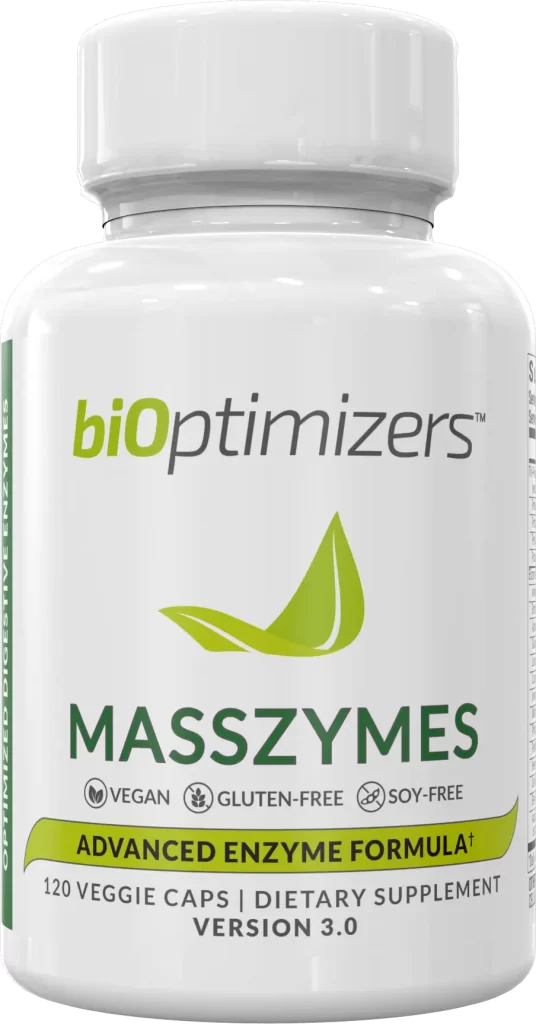Raw Honey Vs Honey (Regular): What’s The Difference?
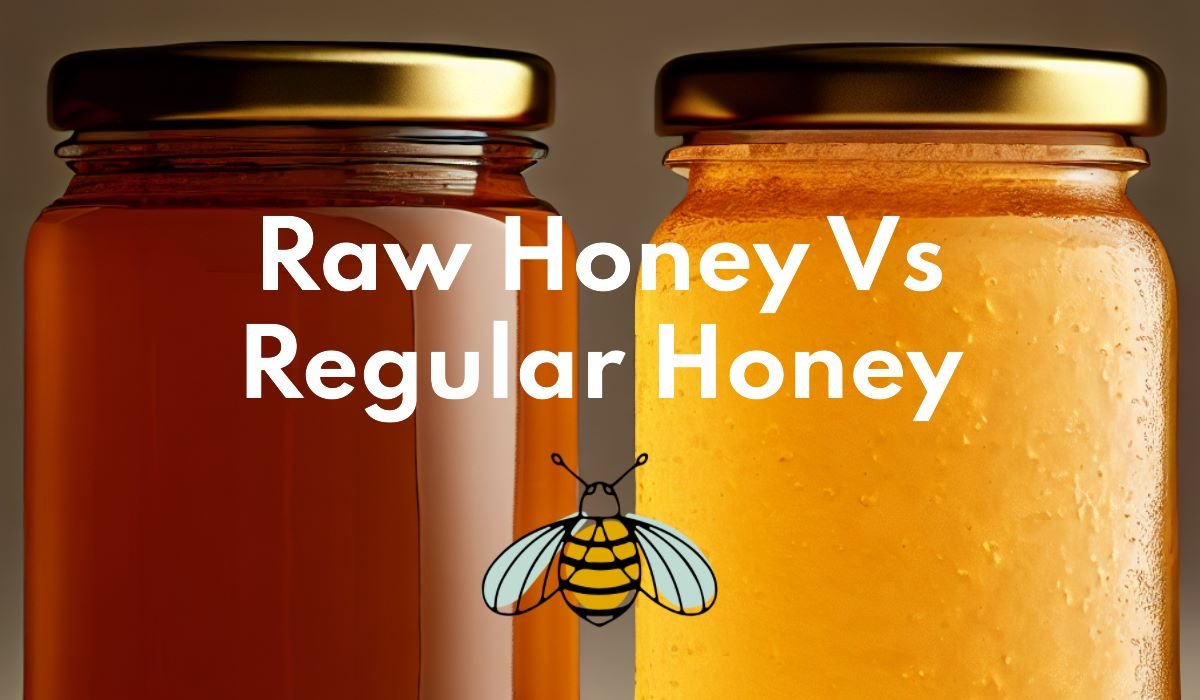
Looking to sweeten up your life? Well, you’ve come to the right place! In this article, we’ll delve into the world of honey and explore the differences between raw honey and its regular counterpart.
You may be wondering what sets these two types of honey apart, and why it matters. Don’t worry, we’ve got all the answers for you!
First things first, let’s clarify what exactly honey is and how it’s processed.
Then, we’ll dive into the nutritional disparities between raw honey and regular honey.
From there, we’ll break down the benefits each type offers as well as any potential dangers you should be aware of.
So grab a spoonful of curiosity and get ready to discover the buzz about raw honey versus regular honey. It’s time to separate fact from fiction in this sticky debate!
What is Honey?
Honey is a golden, sticky elixir crafted by bees who tirelessly transform flower nectar into a sweet and wholesome substance.
Bees collect nectar from flowers and store it in their honey stomachs. While inside the bee, enzymes are added to the nectar, breaking down complex sugars into simpler ones. This process also reduces the water content of the nectar.
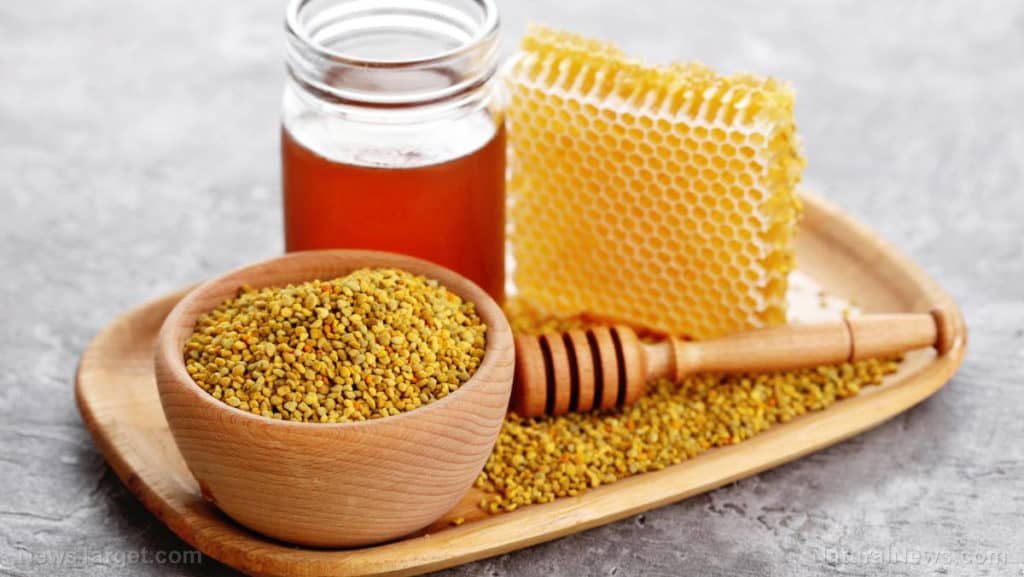
Once back at the hive, bees regurgitate the modified nectar and transfer it to other worker bees through a process called trophallaxis.
These worker bees then deposit the nectar into honeycomb cells where it is further dehydrated through fanning with their wings.
The composition of honey can vary depending on factors such as floral source and geographical location, but it generally consists mainly of sugars like fructose and glucose.
It also contains small amounts of vitamins, including B complex vitamins and vitamin C, as well as minerals such as calcium, iron, magnesium, phosphorus, potassium, sodium, and zinc.
In addition to these nutrients, honey contains other bioactive compounds like antioxidants that contribute to its potential health benefits.
In conclusion, raw honey differs from regular honey in terms of processing methods. Raw honey is not heated or filtered during production while regular honey undergoes pasteurization and filtration processes for commercial purposes.
These differences can affect taste, texture, color, nutrient content and potential health benefits associated with consuming each type of honey.
Processing and Pasteurization
When it comes to processing and pasteurization, the honey industry utilizes various methods to ensure quality and safety.
Processing honey involves several steps.
- First, honey is extracted from the combs.
- Then, impurities such as wax, pollen, and bee particles are removed through filtration. This helps improve the clarity and texture of the final product.
- After filtration, pasteurization is often applied to honey. Pasteurization involves heating the honey at a specific temperature for a certain period of time to eliminate any potential harmful bacteria or yeasts. The most common method used is flash-pasteurization, where honey is heated rapidly and then cooled down quickly.
Heating affects the properties of honey in several ways. It can alter its color, flavor, aroma, and even nutritional content. The heat breaks down some of the enzymes and antioxidants naturally present in honey, which may reduce its health benefits slightly.
The main reason why heating is done in the honey industry is to ensure food safety by eliminating any potential pathogens that could be harmful if consumed. Pasteurization also extends the shelf life of honey by inhibiting yeast fermentation.
While raw honey is prized for its natural state without any heating or processing methods applied, regular commercial honey undergoes processing and pasteurization to guarantee safety standards are met.
However, it’s important to note that both types can still offer delicious taste and beneficial qualities depending on personal preferences.
Raw Honey Vs Honey: Nutritional Differences
In the realm of nutritional composition, there’s a world of contrast between unheated honey and its commercially processed counterpart. When it comes to raw honey, you can expect a higher concentration of vitamins, minerals, and other bioactive compounds compared to regular honey.
Raw honey retains most of its natural nutrients because it undergoes minimal processing. It is not heated or filtered like regular honey, which allows it to maintain its nutritional integrity.
Raw honey contains small amounts of B vitamins such as thiamin, riboflavin, niacin, pantothenic acid, vitamin B6, and folate. It also contains trace amounts of minerals like calcium, magnesium, potassium, and zinc.
On the other hand, commercially processed honey goes through pasteurization and filtration processes that can alter its nutritional profile.
The heat used during pasteurization can destroy some enzymes and reduce the levels of certain vitamins and antioxidants present in raw honey. Similarly, filtration removes particles including pollen grains that contribute to the overall nutritional content.
While both types of honey offer health benefits due to their natural sugars and antibacterial properties, raw honey provides an extra dose of essential nutrients that may be lost during processing.
Incorporating raw honey into your diet can be a nutritious choice for those seeking additional vitamins and minerals from this sweet treat.
Raw Honey Vs Regular Honey
When comparing raw honey to regular honey, there are a few key points to consider.
- Raw honey is unheated and unprocessed, which means it retains more enzymes and antioxidants compared to regular honey.
- Additionally, raw honey has a tendency to crystallize over time, while regular honey may have additives or be pasteurized to prevent this.
- Lastly, the flavor and aroma of raw honey can vary depending on the type of flowers the bees pollinated, whereas regular honey often undergoes processing that can affect its taste.
Let’s check one by one the main differences:
Raw Honey (Unheated)
Raw honey, also known as unheated honey, offers a plethora of potential health benefits due to its nutrient-rich and enzyme-retaining nature.
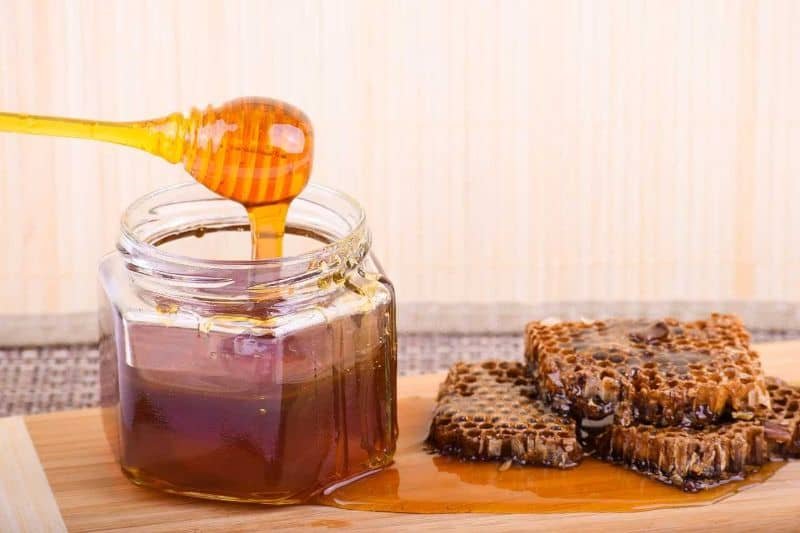
Unlike regular honey, which is often heated during processing to improve its texture and extend shelf life, raw honey is left in its natural state.
This means that it retains more of the beneficial nutrients and enzymes that can be damaged or destroyed by heat. Raw honey contains vitamins, minerals, antioxidants, and antimicrobial compounds that may support overall health and immunity.
It has been found to have anti-inflammatory properties and may help soothe coughs and sore throats. Additionally, the enzymes present in raw honey can aid in digestion and contribute to a healthy gut microbiome.
Incorporating unheated honey into your diet can be a delicious way to enjoy these potential health benefits.
Regular Honey
Now, let’s delve into the world of regular honey.

Unlike raw honey, commercially available honey undergoes heating and processing. This process involves pasteurization to remove any impurities and extend its shelf life.
While this may seem advantageous in terms of hygiene and convenience, it does come with some drawbacks. Heating the honey can cause a loss of natural enzymes, vitamins, and antioxidants that are beneficial for health.
Additionally, the filtering process removes pollen grains. These grains are known to have potential allergenic properties but also contribute to the unique flavors and aromas of different types of honey.
Furthermore, there is an alarming practice among some honey makers who mix honeys from around the world without disclosing their quality or preservation methods. This lack of transparency raises concerns about the overall quality and authenticity of commercially available honey products.
Enzymes and Antioxidants
Heated and processed honey undergoes pasteurization, a process that can strip away the natural enzymes and antioxidants that contribute to its health benefits.
Enzymes are proteins that play a crucial role in various metabolic processes in our bodies. Honey contains enzymes like glucose oxidase, which produces hydrogen peroxide, known for its antimicrobial properties.
However, heating honey can denature these enzymes, reducing their effectiveness.
Antioxidants found in honey, such as flavonoids and phenolic acids, help protect against cell damage caused by free radicals.
They have been associated with numerous health benefits, including reduced risk of chronic diseases like heart disease and cancer. Unfortunately, heating honey can also degrade these antioxidants, lowering their potency.
Therefore, consuming raw honey with higher enzyme and antioxidant content may offer greater potential health benefits compared to regular honey that has undergone processing.
MassZymes 3.0 Enzymes
THE STRONGEST ENZYME FORMULA EVER: MassZymes (full review) is a full-spectrum enzyme formula with more protease than any other commercially available, with 5 different kinds of protease.
Plus, it contains all the other key enzymes you need for optimal digestion.

Crystallization
You may have noticed that honey undergoes a natural process where it transforms into a delightful, crystallized form over time.
This phenomenon, known as honey crystallization, occurs when glucose in the honey separates from water and forms crystals.
The speed and extent of crystallization depend on various factors such as temperature, moisture content, and floral source.
However, raw honey tends to crystallize faster than regular honey due to its higher pollen content and lack of heating during processing.
Crystallization does not affect the quality or benefits of honey. In fact, it is a sign of pure and unprocessed honey.
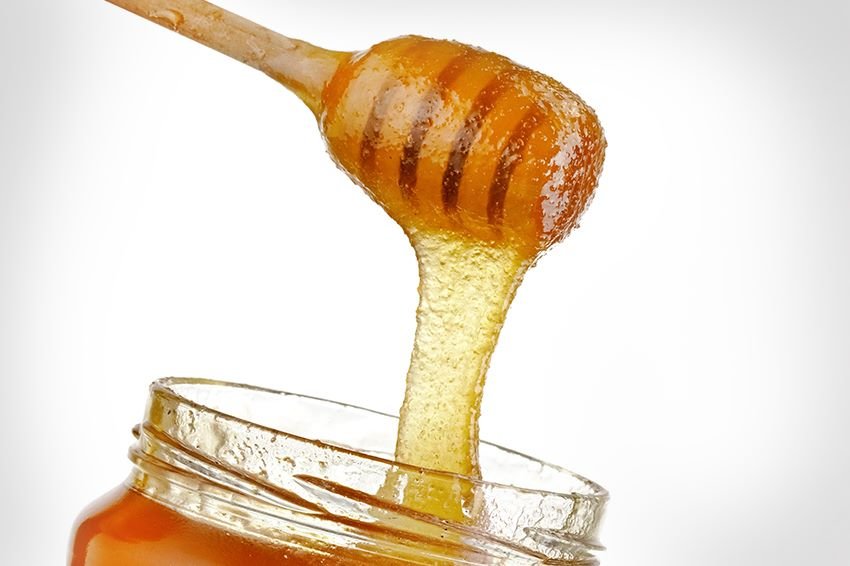
The crystals can be easily dissolved by gently warming the jar in hot water or using a microwave at low power or doing the bain marie method.
It’s important to note that while some people prefer liquid honey for drizzling purposes, others appreciate the unique texture and spreadability of crystallized honey.
In conclusion, while both raw and regular honeys offer distinct qualities, including different textures and flavors, they are equally nutritious choices with potential health benefits.
Flavor and Aroma
When honey is heated, it can undergo chemical changes that alter its taste and fragrance. Heating can cause the delicate floral notes in honey to diminish, resulting in a more caramelized flavor.
Additionally, the aroma of heated honey may become less pronounced compared to raw honey.
This is because heating can cause some volatile compounds responsible for the distinct aroma of honey to evaporate.
In terms of taste, regular honey that has been heated may have a smoother consistency and a sweeter flavor due to the breakdown of complex sugars during the heating process.
However, raw honey tends to retain more of its natural flavors and aromatic qualities since it is not exposed to high temperatures or processing methods that could alter its composition.
Raw Honey vs Regular Honey: Benefits and potential dangers
Raw honey is often considered healthier than regular honey due to its minimal processing and nutrient-rich composition.
Unlike regular honey, which undergoes pasteurization and filtration, raw honey retains all of its natural enzymes, antioxidants, vitamins, and minerals.
These components are believed to have numerous health benefits, such as boosting the immune system, soothing coughs and sore throats, aiding digestion, and promoting wound healing.
Regular honey still offers health benefits but to a lesser extent than raw honey. The heating process involved in pasteurization can destroy some of the beneficial compounds present in raw honey.
Additionally, filtering removes pollen grains that contribute to the unique flavor profile of raw honey.
However, it’s important to note that there are potential dangers associated with consuming raw honey. It may contain harmful bacteria called Clostridium botulinum spores that can cause infant botulism in children under one year old. Therefore, it is advised not to feed infants raw honey.
Raw Honey Benefits Compared to Regular Honey
Raw honey is obtained straight from the beehive and undergoes minimal processing, which helps to retain its natural properties.
Regular honey, on the other hand, goes through a pasteurization process that involves heating and filtering, which may reduce some of its beneficial components.
Raw honey contains a variety of enzymes that can aid in digestion and support a healthy immune system. These enzymes are heat-sensitive and can be destroyed during the pasteurization process used for regular honey.
Additionally, raw honey is rich in antioxidants such as phenolic compounds and flavonoids, which have been linked to numerous health benefits including reducing inflammation and protecting against chronic diseases.
To highlight the differences between raw honey and regular honey, take a look at the following table:
| Aspect | Raw Honey | Regular Honey |
|---|---|---|
| Processing | Minimal processing – obtained straight from the beehive | Pasteurized – heated and filtered |
| Enzymes | Contains a wide range of beneficial enzymes | Some enzymes may be destroyed during pasteurization |
| Antioxidants | Rich in phenolic compounds and flavonoids | Antioxidant content may be reduced due to processing |
In conclusion, choosing raw honey allows you to experience its full potential by retaining essential enzymes and antioxidants. Incorporating raw honey into your diet may provide additional health benefits compared to regular processed honey.
Raw Honey Dangers Compared to Regular Honey
While raw honey is often praised for its natural and unprocessed qualities, it can harbor harmful bacteria such as Clostridium botulinum. This bacterium produces a toxin that can cause botulism, a serious illness that affects the nervous system and can lead to paralysis or even death in severe cases.
Raw honey may also contain pollen grains, which can trigger allergies in some individuals. People with a history of pollen allergies or asthma should exercise caution when consuming raw honey.
Additionally, raw honey has been found to have higher levels of certain enzymes compared to regular honey. These enzymes are known to break down sugars and produce hydrogen peroxide, which may damage healthy cells and tissues if consumed in excessive amounts.
Furthermore, there is a risk of contamination with pesticides or other environmental toxins in raw honey due to the bees’ foraging habits. Bees gather nectar from various sources, including flowers treated with chemicals. Processing regular honey involves heat treatment and filtration processes that help eliminate these contaminants.
In conclusion, while raw honey may offer some benefits compared to regular honey, such as higher antioxidant content and potential allergy relief, it also carries potential dangers.
It is essential to consider these risks before incorporating raw honey into your diet and consult with a healthcare professional if you have any concerns about your health or allergies.
Frequently Asked Questions (FAQ)
Are you curious about raw honey? Well, let’s dive into some frequently asked questions to shed light on this topic.
Conclusion
In conclusion, raw honey and regular honey may seem similar, but they have distinct differences in terms of processing and nutritional content.
While regular honey undergoes pasteurization to remove impurities and extend shelf life, raw honey is left unprocessed, preserving its natural enzymes and nutrients.
Raw honey also offers more health benefits due to its higher antioxidant levels.
However, it’s important to note that raw honey carries a potential risk of bacterial contamination.
Therefore, when making your choice between the two, consider your preferences and health concerns carefully.
Read Next

